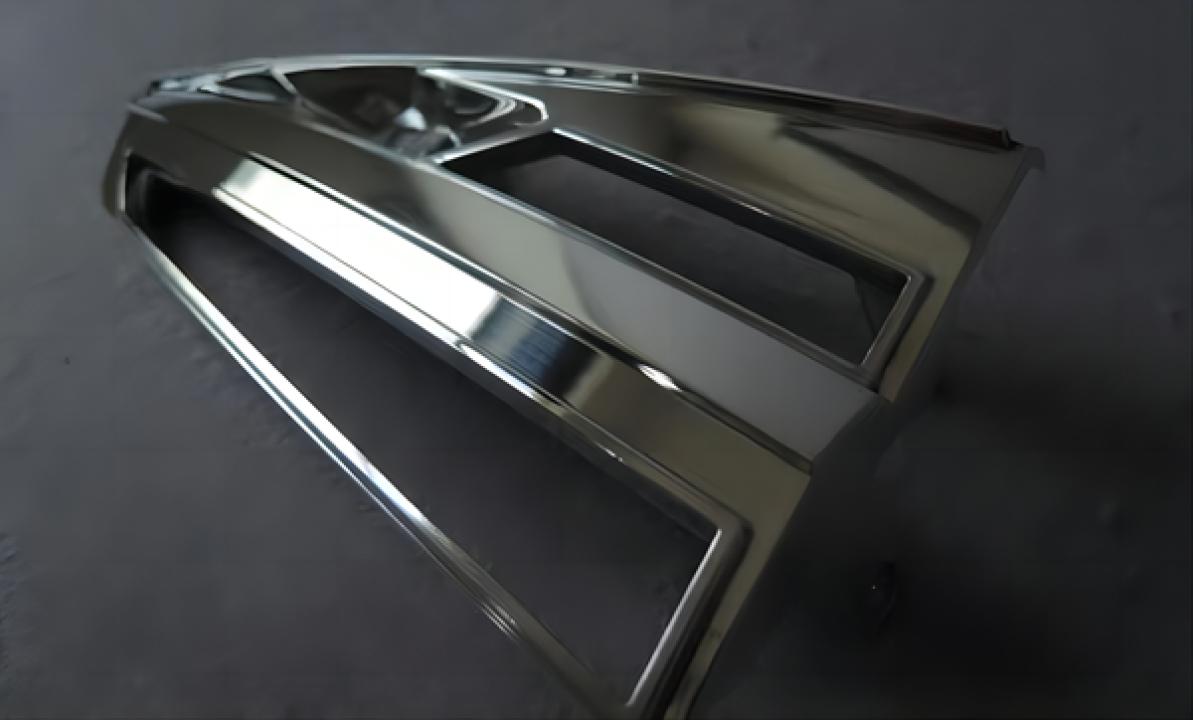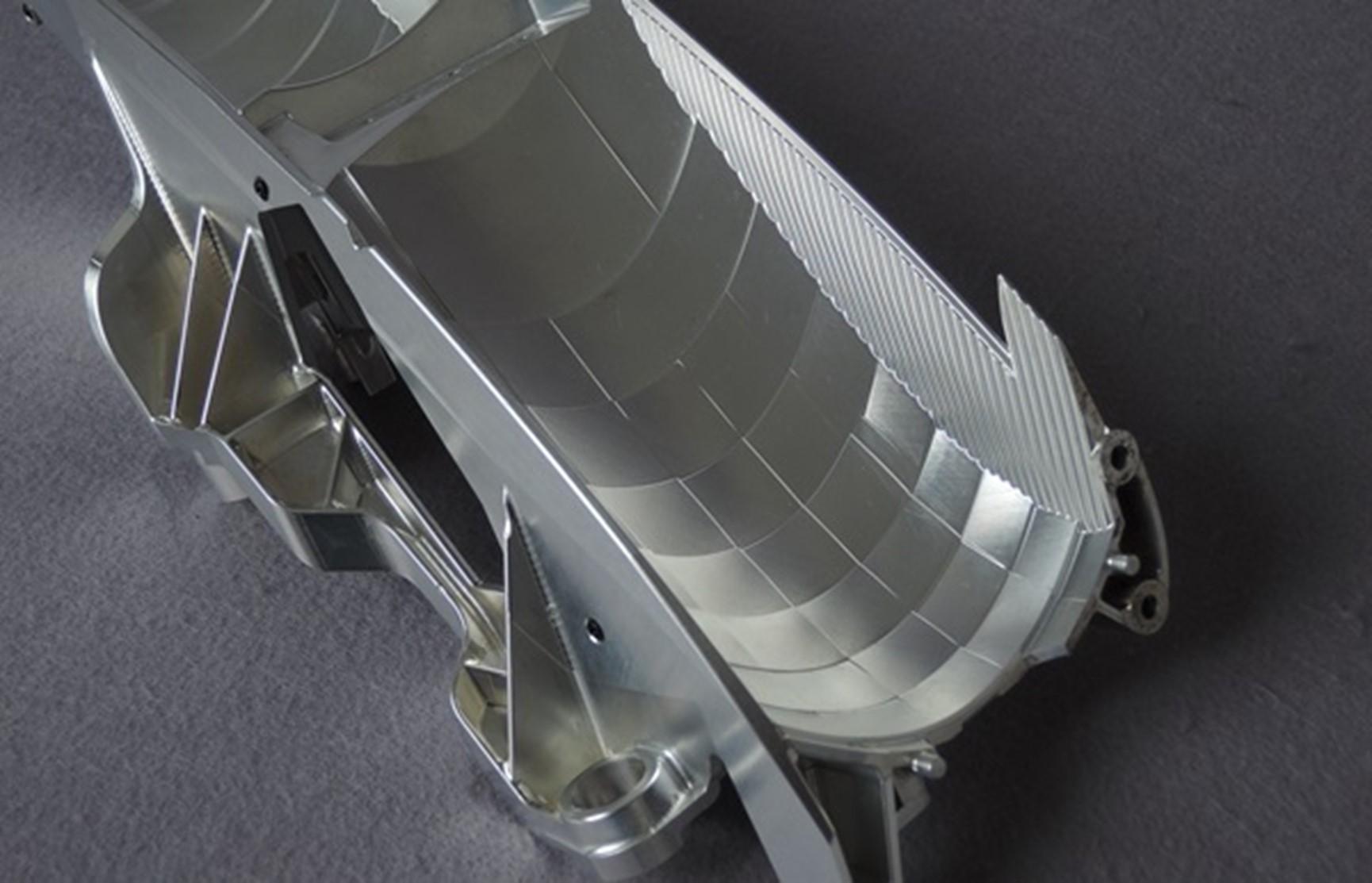The article discusses the importance of quality control and optimization strategies in CNC machining parts within the manufacturing industry. It highlights the critical factors necessary for maintaining high standards in CNC machining, such as precise process parameters, appropriate tool selection, and effective program design.

Machining Parts
Quality control and optimization of CNC machining has been one of the important challenges facing the manufacturing industry. CNC manufacturers must be equipped with advanced testing equipment to measure and inspect each production step, ensuring that the product dimensions, materials, quantities, or delivery dates meet customers’ needs. To ensure that the quality of custom CNC services reaches the expected level, it is necessary to consider several factors including process parameters, tool selection, program design, equipment maintenance, and many other aspects.
The Importance of Quality Control for CNC Machining
In the manufacturing industry, product quality is one of the key factors to maintain competitiveness. Substandard products will not only lead to an increase in production costs, but also damage the company's reputation and market share. Therefore, in CNC machining, improving product consistency, productivity, and flexibility in the manufacturing process is critical for manufacturers.
1. Improving Product Consistency
Quality control of CNC machining is critical to improving product consistency. With precise CNC programming and operation, it can assure that every part is machined to the same specifications and standards, especially in automotive, aerospace and medical fields. Consistent quality also helps to reduce problems and adverse events during subsequent production, resulting in lower production and maintenance costs.
2. Increased Productivity
Quality control of custom CNC services helps to increase productivity. By reducing the production of non-conforming products, scrap rates and the need for repeat machining are reduced, thus saving time and resources. In addition, the high precision and automated nature of CNC machining makes the production process more stable and predictable, reducing the risk of line downtime. Together, these factors contribute to increased productivity, helping manufacturing companies deliver products faster and meet market demands.

3. Increased Flexibility in Manufacturing Processes
Quality control of CNC machining increases the flexibility of the manufacturing process. Compared to traditional machining methods, CNC machining is more easily adapted to the manufacture of products with different specifications and designs. By simply modifying the CNC program, it is possible to quickly switch to a mode of producing different parts without having to replace most of the equipment or tools. This flexibility is very important for quickly responding to market demand, producing customized products, and carrying out small-lot production. It helps manufacturing companies better adapt to market changes and reduces inventory costs and production cycle time.
Problems Faced by Quality Control of CNC Machining
Due to the high precision and complexity of products, several quality control problems are faced in practical CNC machining. They involve not only ensuring machining accuracy and choosing suitable tools but also optimizing cutting parameters.
Difficulty in Ensuring Machining Accuracy
In custom CNC services, machining accuracy is a key quality indicator. However, in actual machining, machining accuracy is difficult to always maintain at the desired level affected by tool wear, machine rigidity, thermal deformation, etc. These problems are even worse when machining complex curved surfaces or high-precision parts. Therefore, the instability of machining accuracy is a major problem facing the quality control of CNC machining.
Tool Selection and Maintenance
Tools also play an important role in CNC machining and have a significant impact on machining quality and efficiency. However, there are challenges in tool selection, utilization, and management. Inappropriate tool selection may lead to reduced machining quality, shorter tool life, and increased production costs. In addition, tool maintenance requires a high degree of technical support and cost control to ensure timely tool changes and reduced downtime.
Improper Setting of Cutting Parameter
Cutting parameter setting for CNC machining is a complex issue that requires finding the best balance between speed, feed, depth of cut and other parameters. Wrong parameter selection may lead to problems such as cutting heat accumulation, tool wear, and inconsistent machining quality. However, determining the optimal combination of parameters requires much experimentation and analysis. It may vary from different workpieces and materials, which increases the complexity of the machining process.
Quality Control Strategies for CNC Machining
With the development of technology, CNC machining technology has evolved. Manufacturers require continuous improvement in quality control methods for CNC machining to ensure that the parts produced meet high-quality standards. Here are some strategies for quality control for CNC machining.
Correct Matching of Tool and Workpiece Materials
In CNC machining, matching of tool and workpiece material ensures high-quality machining results. Different workpiece materials, including metal alloys, plastics, ceramics, etc, have different physical and chemical properties. So it is necessary to choose the appropriate tool material and geometry. For example, when machining aluminum alloys, the use of tungsten carbide tools and two-flute spiral drills results in high machining speeds and low surface roughness.
However, when machining stainless steel, a harder cobalt tungsten carbide tool is required due to its high hardness and wear resistance. Although with slow machining speed, it can still achieve a reasonable surface quality.
Cutting Parameter Optimization
One of the quality control strategies for CNC machining parts is the optimization of cutting parameters. By choosing the appropriate cutting speed, feed rate, depth of cut, and other parameters, an efficient machining process and high-quality part manufacturing can be realized. For example, the drilling process is optimized. Try to drill holes in an aluminum alloy workpiece.
Aluminum alloys are commonly used to manufacture aircraft parts, which require high precision and surface quality. The experiment shows aluminum alloy aerospace parts with a surface roughness of Ra0.6μm need to be machined using higher cutting speeds and smaller depths of cut to obtain a better surface finish.
Online Inspection and Prompt Feedback
One of the quality control strategies for custom CNC services is online inspection and feedback control. Through real-time monitoring of key parameters in the machining process and real-time control based on the monitoring results, machining quality and stability can be improved. For example, machinery manufacturers need to produce a large number of sheet metal parts, such as automobile body panels. These parts need to be bent and processed to ensure that their shapes and sizes meet the design requirements.
Conclusion
Quality control of CNC machining is an indispensable part of mechanical manufacturing, which directly affects product quality and market competitiveness. Through the reasonable selection of tools and workpiece material matching, optimization of cutting parameters, the implementation of online inspection and feedback control, as well as the establishment of strict process procedures and operating standards, manufacturing companies can continue to improve machining quality, reduce the scrap rate and processing costs, so as to achieve sustainable development and competitive advantage.
 Subscribe today by clicking the link and stay updated with the latest news!" Click here!
Subscribe today by clicking the link and stay updated with the latest news!" Click here!










